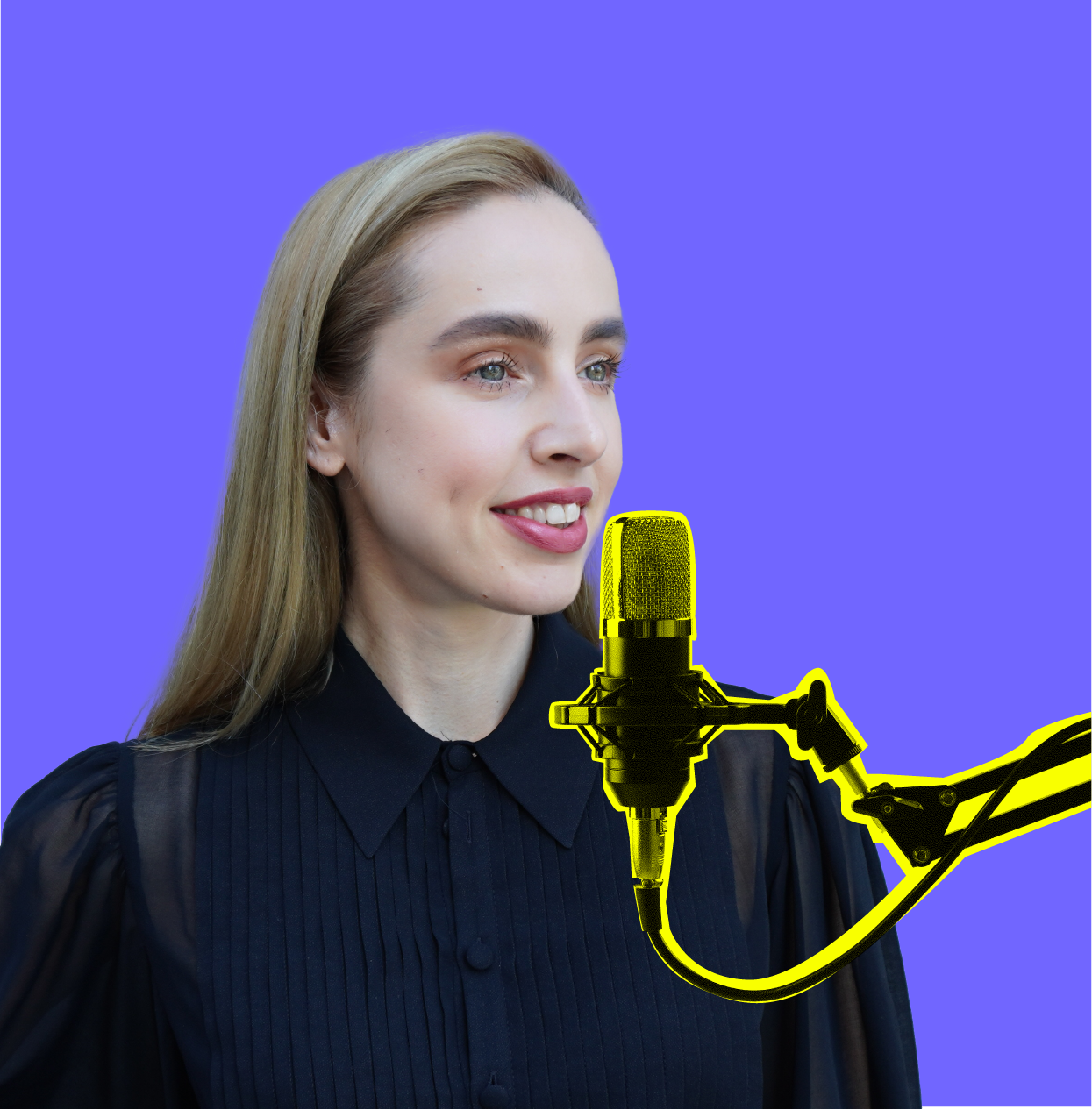734 reads
How to stay sane and motivated when working remote
by
April 24th, 2020

Musings on Tech, Product, and Human Tinkering https://polyweb.beehiiv.com/
About Author
Musings on Tech, Product, and Human Tinkering https://polyweb.beehiiv.com/

Musings on Tech, Product, and Human Tinkering https://polyweb.beehiiv.com/
Musings on Tech, Product, and Human Tinkering https://polyweb.beehiiv.com/